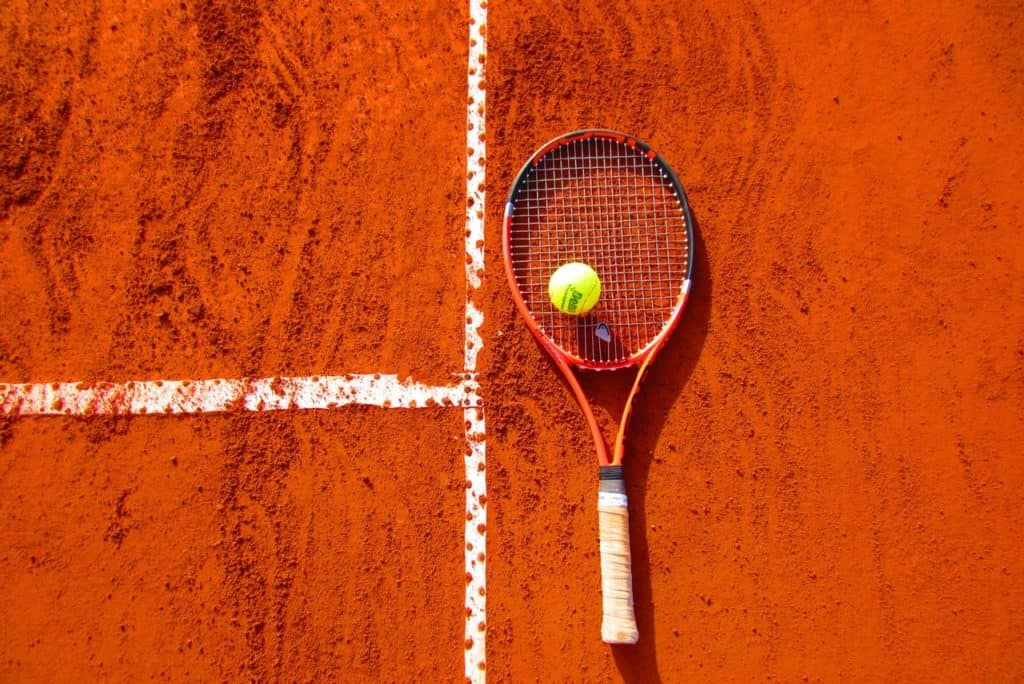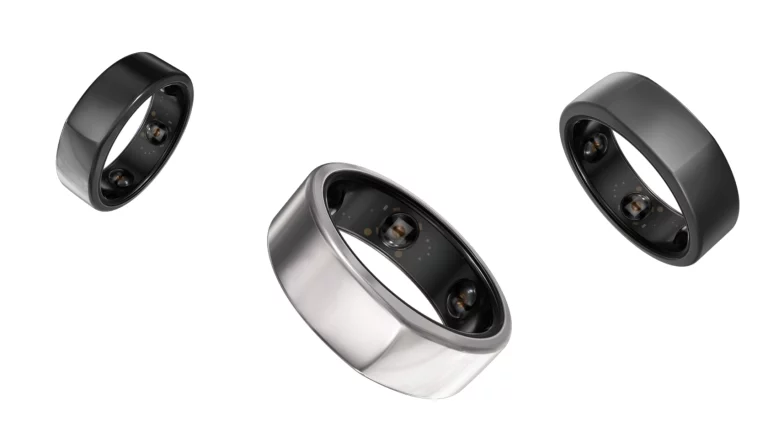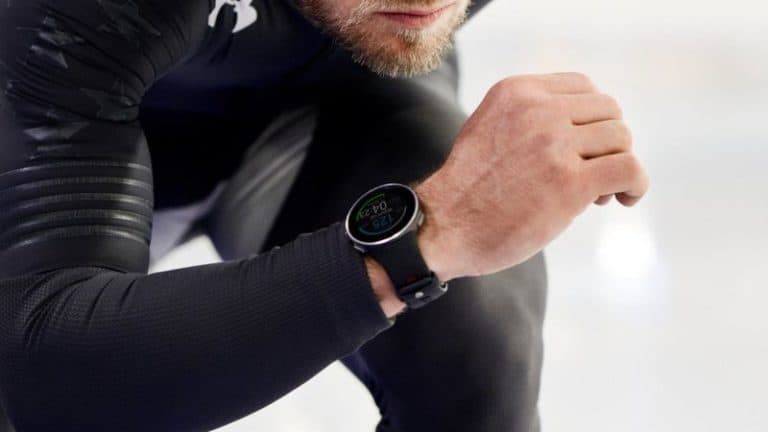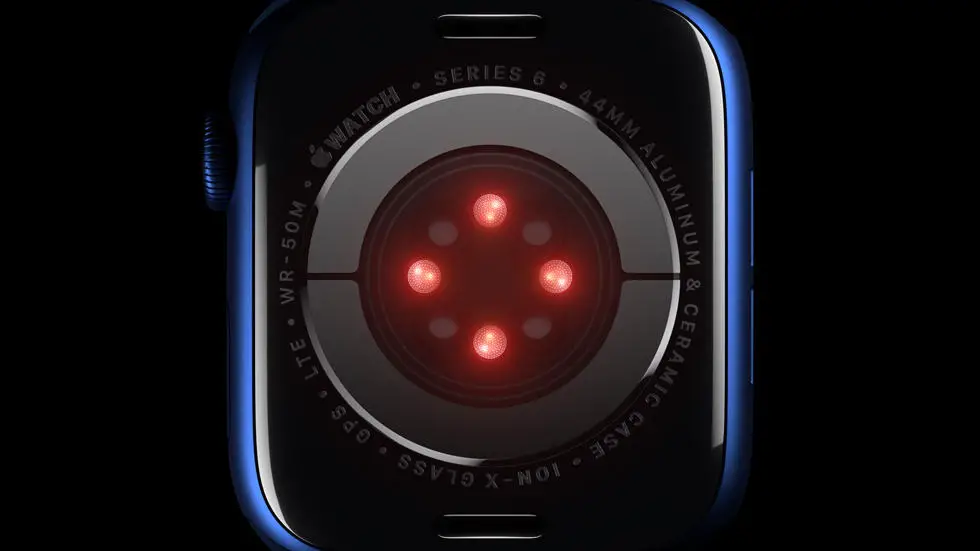Tennis is a sport that has been played for centuries, but it is only recently that virtual reality has become a staple in tennis training. By using VR in tennis, tennis players can get an immersive experience that can help them improve their skills. In addition, VR can also be used to help players train their eyesight and hand-eye coordination.
What is the sport of tennis?
Tennis is a sport in which two players or two pairs of players compete against each other on a rectangular tennis court with clearly defined boundaries. The objective of the game is to hit the tennis ball over the net into the opponent’s court so that they are unable to return it, thereby winning a point. The game can be played between two players (singles) or four players (doubles). Players use a racket to hit a ball back and forth over the net. The aim of the game is to score points by hitting the ball into your opponent’s court in such a way that they are unable to return it.
A tennis match is typically played over the best of three or five sets. A set is won by the first player to win six games, with a margin of two games. If the score reaches 6-6, then a tie-break is played to determine the winner of the set.

The game of tennis can be traced back to the 12th century when it was played in France under the name jeu de paume (literally, “game of the palm”). It wasn’t until the 16th century that the game began to be called tennis, and it wasn’t until the 19th century that it began to be played in its modern form.
Tennis is a highly competitive sport with a long and rich history. Some of the most famous tennis players include Roger Federer, Serena Williams, and Rafael Nadal. The most prestigious tennis tournament in the world is Wimbledon, which is held annually in London.
Players may now take a racquet integrated with a VR tracker and play tennis just about everywhere, on a virtual court, against virtual or real opponents, thanks to VR and AR technologies.
Uses of VR in Tennis
Virtual Reality is used in tennis by players as an additional way to train. Additionally, it is used by viewers as a more immersive way to watch tennis games.
Watching a match
By symmetrically recreating the pitch and match, virtual and enhanced reality equipment, as well as 3D hardware, enable viewers to watch Tennis matches without physically being in the stands.
With full-colour, high-resolution displays, the VR unit produces a field of view comparable to the human eye. A single headset is used by multiple users at once but with reduced fidelity compared to living-room-sized headsets. This allows the display to be more affordable and withstands the stresses of travelling to sports events, where it is regularly transported and set up.
The VR system is controlled by a laptop using anaglyph glasses and a 3D mouse. Anaglyph glasses are used because they provide the same colour spectrum to our eyes as does reality. They block out everything but what we are looking at, which allows us to focus on the activity at
Platforms like NextVR from Oculus allow you to enjoy a wide range of sports entertainment.
Training
By incorporating virtual reality into sports training, athletes will be able to train without having to travel to a sporting venue. That was the goal behind a project launched by Saint Augustine’s University (SAU) that brought virtual reality to the campus’s tennis practice field for the first time.
The sports training system, designed and built by Austrian-based firm VR Motion Learning, is projected to provide a more immersive and realistic experience than the video games and other technology currently used to train athletes.
“We appreciate the opportunity to work with the Tennis Esports team,”states Dr Mark Janas, champion of the virtual and club sports programs at SAU and professor in the School of Business, Management & Technology. He added: What they’re doing fits in well with our mission to be a nationwide leader in the virtual sports movement,”
Additionally, Virtual reality can be used in tennis training to help players improve their skills. By using VR, players can practice their swings in a virtual environment and get feedback on their performance. This can help them to improve their technique and accuracy. Additionally, VR can be used to create simulated match situations, allowing players to experience different game scenarios and learn how to react accordingly.
Actively implementing VR into sports training allows users to track their progress and register their performance.VR is scalable and offers a great deal of flexibility in terms of creating and controlling virtual worlds. These benefits open up a lot of possibilities for incorporating evidence-based techniques into training to improve performance.
Playing Tennis with VR
Some companies have developed apps that turn any physical space into a virtual playing field. For example, the company Virtually Live has created an app called “CourtVR” that allows players to practice their shots by playing real matches from anywhere in the world.
The app tracks the movement of the player’s racquet and ball with AR technology and then projects them into a realistic 3D environment. The player can interact with the virtual environment and opponents just as they would in a real match. And if you want to add a little more excitement to your game, you can try out one of the many VR tennis games that are now available. These games put you on a virtual tennis court where you can play against real or computer-generated opponents.
Some of the numerous VR devices utilized in VR tennis are as follows:
Holotennis
With Holotennis, tennis takes on a whole new dimension by allowing players to confront each other remotely in a virtual area while others watch the action via an augmented reality device.
HTC Vive
With two persons wearing HTC Vive headsets propelled into Centre Court, the solution gives an immersive experience. Within the virtual space, a 3D Kinect-style camera records and reproduces the live 3D video stream.
Despite the fact that they are physically separated, players may see and face their holographic opponents. In addition, a system for storing and retrieving statistical data has been created, allowing participants to analyze their performance.
The player’s biomechanical data are scanned and processed while the system calculates the optimal pattern of movements. All body movements are also accurately recorded and analyzed.
Any differences in relevant parameters like body posture, legwork, arm position, stroke, and so on are visible on a “virtual dashboard” as well as in real-time and replay “shadows.”
Tennis Esports
Tennis Esports, a VR-based solution that provides players with a realistic tennis experience using fully tracked body motion and realistic physics, is an example of VR Motion Learning applying VR expertise to build something unique.
The software provides immediate feedback on how to enhance each crucial variable and demonstrates the ideal method to players.
Tennis eSports serves as a trainer as well as a fantastic solution for those who wish to analyze their skills. Warm-up activities and practice of major tennis motions like the forehand, backhand, and serve can be used to kick off the game.
The Tennis trainer can flawlessly duplicate various shots against the player, allowing them to explore, learn, and develop muscle memory.
The platform transports you to a virtual tennis court where you can play as if you were on a real one. Even though the ball is a virtual one, you will play with a real racket and feel the impact the ball impacts. As though you were on an actual court, you can move about freely.
The VR Tennis Trainer system comes with a variety of configuration options that are ideal for both large and small spaces. It can be used by corporate partners as well as private persons.
You will have access to all training statistics once you have enrolled as a client. Your learning progress will be tracked and displayed on a dashboard, including the number of strokes and motions, the pace and level of motion learning, the precision and consistency of your actions, and much more.
According to the findings, after VR training, real-world table tennis play improved dramatically on all performance indicators when compared to no training.
Bottom line
Virtual reality, motion learning, and real-time tracking are all used in VR in Tennis to develop a new category of digital training and Esports. Learning, practising, and playing tennis in virtual reality is just as realistic and authentic as learning, practising, and playing on a tennis court. There will be virtual competitions, E-sport events, and conventions, attracting a whole new generation of tennis fans.
To summarize, the future holds new potential for tennis that will result in a different picture than the one we currently have. Tennis organizations’ ability to adapt to a changing marketplace and innovate will be critical success factors for the industry’s future development, and digital transformation will become a critical component of the equation moving ahead.







